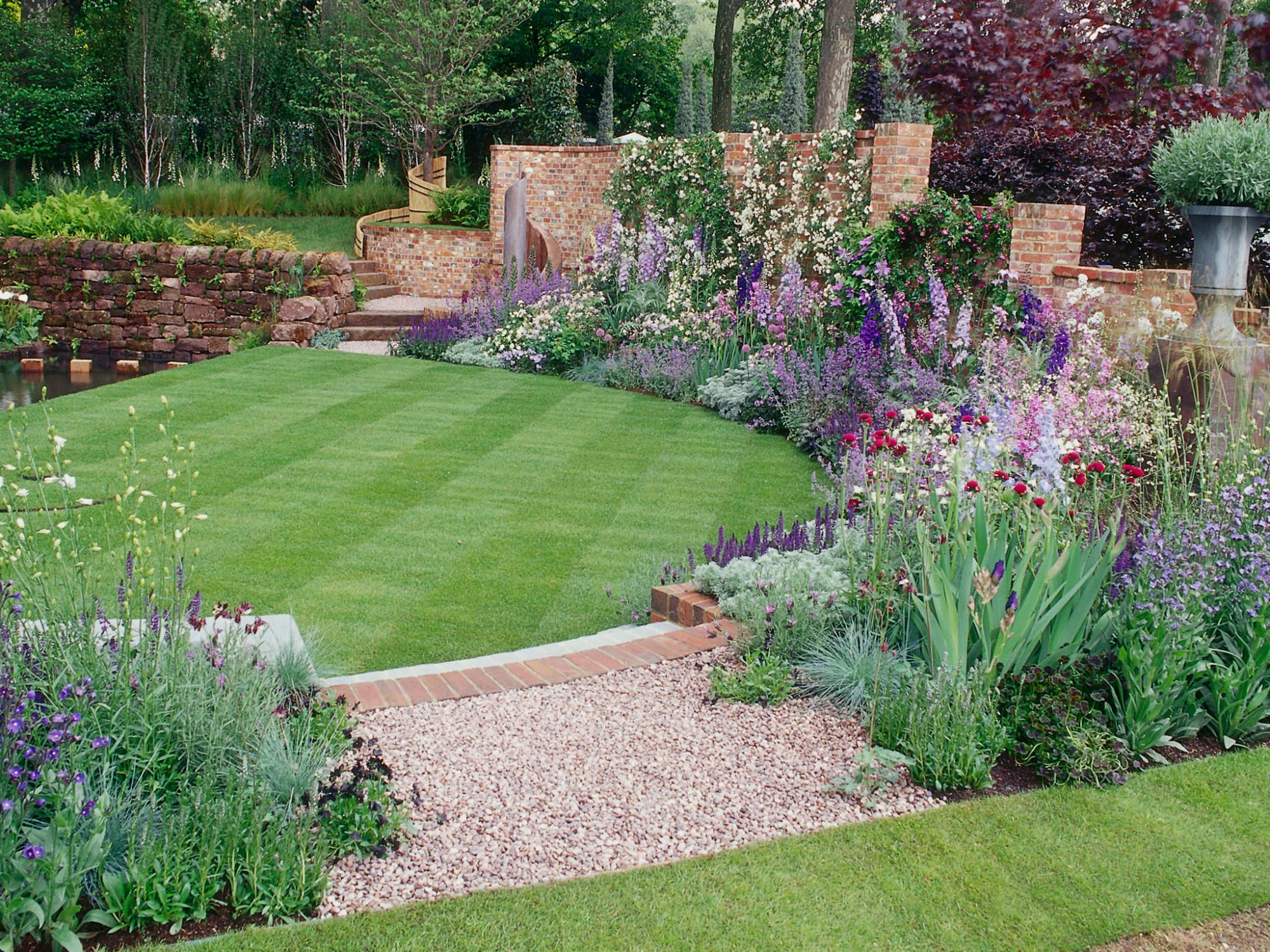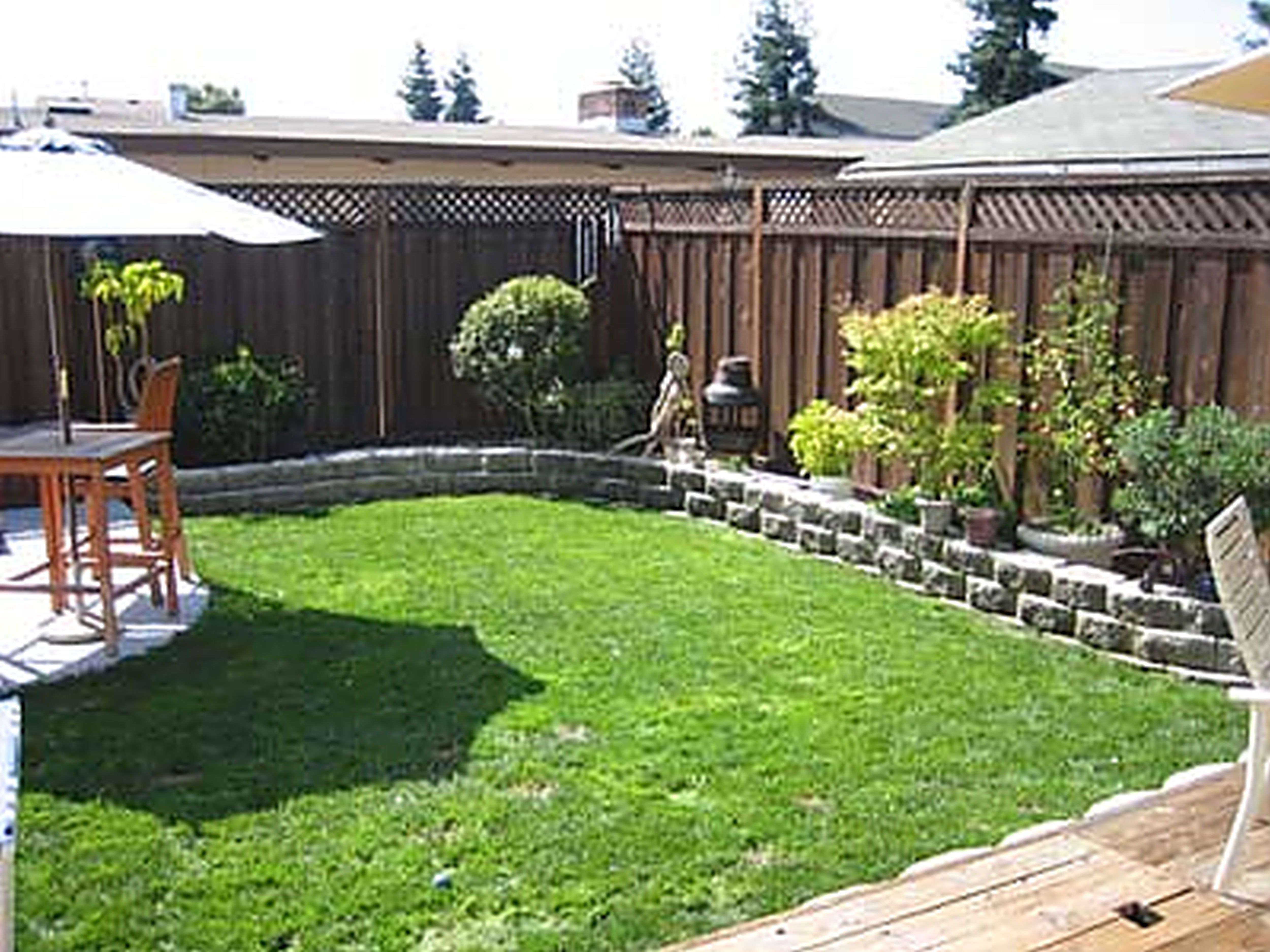Backyard Garden Essentials: Data-Driven Strategies for Optimal Growth

Backyard gardening isn’t just a hobby—it’s an adventure, a puzzle, and sometimes a full-on drama with high stakes (ask anyone who’s ever lost a prize tomato to squirrels or powdery mildew). Over the last 15 years, I’ve coaxed life from hard-packed clay, nursed seedlings through freak hailstorms, and learned that the difference between “lush” and “leggy” can come down to one afternoon of unexpected cloud cover. If you’re ready to grow your own green sanctuary—or revive a plot that’s given you nothing but headaches—this is the troubleshooting guide I wish I’d had on day one.

This isn’t just about where to dig or what to plant. We’re diving into every “what if?” scenario: soggy soil, mystery pests, plants that refuse to bloom, and even those “why does my neighbor’s garden look better?” moments. By the end of this guide, you’ll have not just answers—you’ll have solutions tailored for real-world messiness. So let’s get our hands dirty!
The Ultimate Backyard Garden Troubleshooting Guide: Every Scenario Solved
Part 1: Avoiding Heartbreak Before You Plant
The Hidden Pitfalls of Site Selection
Sunlight Isn’t Always What It Seems:
I once planted an entire bed of sun-loving zinnias in what I thought was a full-sun spot. Turns out, my neighbor’s maple tree leafed out in late May and plunged half my border into shade by noon. Lesson learned: track your sunlight hourly for at least three days before committing—especially after trees leaf out in spring.
Drainage Drama:
Step onto your chosen patch after rain. If it squelches underfoot or puddles linger for hours, you’re flirting with root rot. My fix? In 2019, I dug drainage trenches lined with gravel around my lowest beds—a two-afternoon job that cost $25 in materials but saved dozens of plants from drowning.
Buried Surprises:
Don’t skip calling your utility company before digging (it’s usually free). A friend once hit an old irrigation pipe three inches down—cue geyser and soggy chaos.
Part 2: Soil—Your Secret Weapon (or Saboteur)
Diagnosing Common Soil Snafus
- Soil feels like concrete? You likely have clay; roots can’t breathe.
- Water disappears instantly? Welcome to sand country; nutrients wash away.
- Plants yellowing despite watering? Could be pH imbalance locking up nutrients.
Tested Solution:
I run a $12 soil test every March (Luster Leaf kits are reliable). Once found my pH at 5.3—no wonder my beans sulked! A single application of garden lime in April (about $8/bag) nudged it back to 6.8 by summer.

Compost Confessions:
My first compost pile was more “science experiment gone wrong” than black gold—it reeked because I loaded it with kitchen scraps but forgot brown material (leaves/newspaper). Now I keep a 2:1 ratio browns to greens and turn weekly; by fall it smells sweet and earthy.
Part 3: Plant Selection Slip-ups—and How To Outsmart Them
Understanding Microclimates
A backyard isn’t uniform! One corner might be frost-prone while another bakes against a south-facing wall. In my own plot, lavender thrives next to the brick garage (radiates heat), but mint wilts there unless shaded by taller neighbors like sunflowers.
Counterintuitive Tip:
Instead of fighting your site, lean in! Embrace tough spots for resilient natives or wildflowers rather than battling year after year with thirsty annuals.
Reading Between the Lines on Plant Tags
That impulse-buy blueberry bush at Home Depot? It needs acidic soil and cross-pollination from another variety—not always obvious on tags! When in doubt, research varieties using local extension office guides—they know what thrives right here, not just anywhere.
Part 4: Troubleshooting Water Woes—Too Much or Too Little?
Scenario A: Drought Disaster
- Symptoms: Wilting midday even after morning watering; crispy leaf edges.
- Solution:
- Mulch thickly—3–4 inches deep around roots (wood chips or straw).
- Invest in soaker hoses ($25 for a basic setup) plus mechanical timer ($15), set for early morning.
- Prioritize drought-tolerant varieties like thyme and echinacea during dry summers.
Dialogue Moment:
Neighbor: “You water every evening?”
Me: “Nope! Mornings only—wet leaves at night beg for fungal trouble.”

Scenario B: Perpetual Mud Bath
- Symptoms: Mushy ground; yellowing lower leaves.
- Solution:
- Build raised beds at least 12" tall filled with half compost/half topsoil mix.
- Add sand/gravel only if organic matter alone doesn’t solve drainage (do this sparingly).
- Consider French drains if flooding persists year after year ($200 DIY vs $1000+ professional).
Part 5: Pests & Disease Nightmares—Diagnosis & Real Solutions
Problem #1: Chewed Leaves Overnight
- Slugs/Snails: Shiny trails + holes = classic slug signature.
- Solution: Beer traps work (shallow dish sunk level with soil); copper tape repels them too.
- Rabbits/Deer: Clean cuts across stems overnight.
- Solution: Three-foot chicken wire perimeter fence ($40–$60 supplies); sprinkle blood meal as short-term deterrent.
First Attempt Fail:
Tried plastic owls once…rabbits posed next to them like Instagram models. Fencing wins every time!
Problem #2: Mystery Spots/Mildew on Leaves
- Powdery Mildew: White dust on squash/zinnia leaves mid-summer = classic case.
- Solution:
- Increase spacing/prune lower leaves for airflow.
- Mix homemade spray (1 tbsp baking soda + ½ tsp dish soap per gallon water); apply weekly after rain.
- Remove infected leaves immediately—don’t compost!
- Solution:
Pro Insight:
In wet years (looking at you, June 2023!), mildew can explode overnight—even resistant varieties need backup plans.
Problem #3: Aphids Outbreak
Tiny green/black bugs clustering under leaves? Ants farming them?
- Blast off with strong water spray first thing AM.
- Release ladybugs purchased online (~$10 per batch).
- Neem oil as last resort—but avoid spraying open blooms when pollinators active!
Part 6: Weed Wars & Mulch Mastery
When Weeds Win Battles
The year I skipped mulching after planting carrots—I spent five times longer weeding…and still lost half my crop to bindweed strangling seedlings!
Winning Strategy:
Lay cardboard/newspaper over bare soil before adding mulch; suppresses weeds better than mulch alone (biodegrades within months). For persistent invaders like Bermuda grass or creeping Charlie, edge beds deeply each spring—a sharp spade is worth its weight in gold here.

Part 7: Nutrition & Growth Mysteries Unlocked
Yellow Leaves—but Not Wet Soil?
Check nitrogen levels; leafy crops especially love steady feeding. Side-dress rows monthly with well-rotted manure or slow-release organic fertilizer pellets ($8–$15 per bag covers most home plots all season).
Unexpected Twist:
Too much love hurts too! Over-fertilizing tomatoes = lush green leaves but zero fruit (“all hat no cattle,” as they say).
Part 8: Flower/Fruit No-Shows
If buds appear then drop—or never form at all:
- Check pollinator traffic! Hand-pollinate squash/cucumbers early morning using a small paintbrush if bees are scarce.
- Hot spells above ~90°F can cause tomatoes/beans to abort flowers; shade cloth helps during heatwaves ($20 investment saves whole harvest).
- For perennials that won’t bloom their second year? Patience—they often focus underground first season (“sleep,” then “creep,” then finally “leap”).
Part 9: Advanced Optimization Moves
Crop Rotation Without Headaches
Rotate plant families—not just crops—from bed-to-bed each year:
Year One – Tomatoes/peppers/eggplant
Year Two – Beans/peas
Year Three – Carrots/beets/onions
This simple shift blocks many diseases before they start—I sketch rotations on graph paper each winter so I never forget what went where.
Succession Planting Like a Pro
Sow lettuce every two weeks from March through June; when one batch bolts in July heat, the next is coming up fresh behind it. This keeps salads coming without gluts—and also makes weed control easier since empty spaces don’t linger long enough for weeds to invade!

Part 10: Real-Life Rescues—Case Studies From My Patchwork Plot
Case #1 — The Clay Bed Comeback
My north bed was pure red clay—the kind that clings like cement boots after rain. First attempt flopped; carrots forked weirdly and beans sulked. Second try? Added four wheelbarrows’ worth of municipal compost + gypsum + repeated double-digging over two seasons…and now it's lush enough that neighbors ask what miracle fertilizer I use!
Case #2 — Summer Pest Blitz
In July ‘21 aphids nearly wiped out my kale overnight. Spraying didn’t help…until I realized ants were ferrying aphids up the stalks! Brushed sticky Tanglefoot barrier around stems—the invasion stopped cold within days.
Case #3 — Container Meltdown
Potted peppers wilted despite daily watering during August heatwave last year—even though potting mix seemed damp up top. Poked deeper—roots were bone dry halfway down! Switched pots from black plastic to light-colored ceramic which stayed cooler AND held moisture better—and yields doubled next round.
Part 11: Your Personalized Action Plan—for Any Scenario
- Spend Day One simply observing—the best troubleshooting starts before problems do!
- Map microclimates/sun/shade/wet spots visually on paper or phone app.
- Test soil annually if possible; amend based on real numbers not guesswork.
- Choose plant types suited exactly to YOUR conditions—not wishful thinking or garden-center hype!
- Prep beds thoroughly—even if it takes extra weekends up front.
- Mulch immediately after planting except seeds requiring direct light for germination.
- Water deeply/infrequently unless containers demand daily checks (feel under surface always).
- Patrol regularly for pests/weeds/disease signs—and act quickly while problems are still small!
- Keep notes/photos—that way next season you troubleshoot faster (“Ah yes...that corner stays wet until June!”)
- Share triumphs AND fails—local gardeners often have hyper-specific hacks worth their weight in zucchini!
Final Thoughts from the Enthusiast Trenches:
There will be failures—I still lose seedlings every spring despite years of practice—but each flop becomes fuel for creative fixes next time around (“What if I tried shade cloth earlier?” “Should I move these strawberries closer together?”).
If you remember nothing else from this ultimate troubleshooting guide, remember this:
Every thriving backyard garden is built not by avoiding mistakes—but by responding boldly when things go wrong.
That’s how we become true gardeners—not because everything grows perfectly…but because we keep digging back in anyway!
Now grab your gloves and get curious about those quirks in your own backyard—you’re about to unlock more beauty and bounty than you ever imagined possible!



